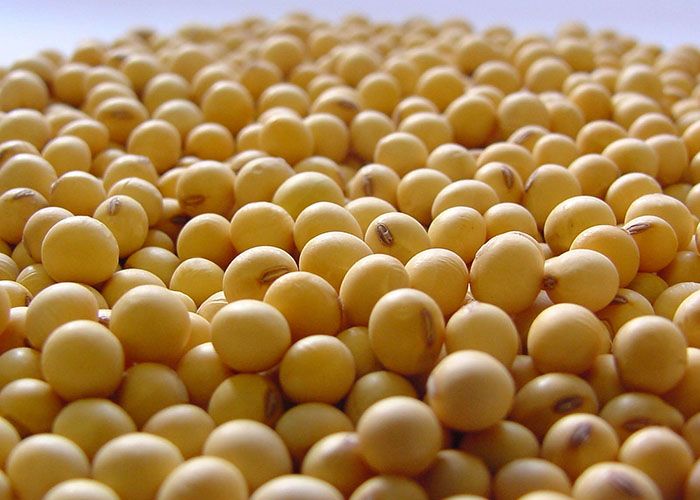World soybean imports increased by an average of 10.9% per year between 2000 and 2021, significantly more than total agricultural imports (+7.5% per year), according to data from the World Trade Organization (WTO).
The value of soybean imports increased almost ninefold, from US$10 billion in 2000 to a peak of US$88 billion in 2021.
The share of soybeans in total agricultural imports rose from 3.3% in 2000 to 5.6% in 2021.
On a net weight basis, world imports more than tripled between 2000 and 2021, from 46 million tons in 2000 to 151 million tons in 2021.
World imports
Soybean prices peaked in 2021, when they were 2.8 times higher than in 2000, following the previous peak in 2008 (where they were 2.5 times higher than in 2000).
While world soybean imports increased in value by 35 percent year-on-year in 2021, they declined slightly in net weight (-0.3 percent).
On the other hand, World soybean production is concentrated in the United States, Brazil, Argentina, and China.
The U.S. Department of Agriculture (USDA) reported that, for the 2022 crop year, the United States produced approximately 4.35 billion bushels of soybeans, which equals approximately 30% of estimated world production, while Brazil produced 5.6 billion bushels and Argentina produced 1.5 billion bushels.
According to South Dakota Soybean Processors, world production can fluctuate from year to year due to a variety of factors, including weather, government policy, economic conditions and commodity prices.
Similarly, global soybean consumption can fluctuate from year to year due to a variety of factors, including economic conditions, global health issues, population growth and international trade policy.
Soybeans are a widely used commodity throughout the world, so any contraction in consumption may only be temporary, as has historically been the case.

